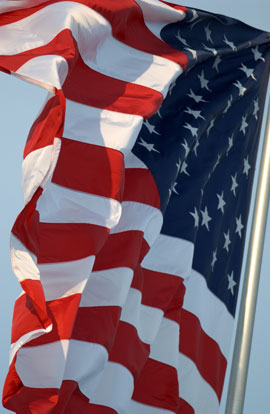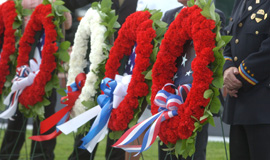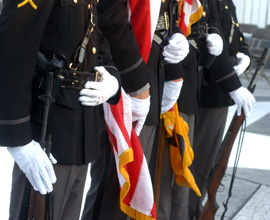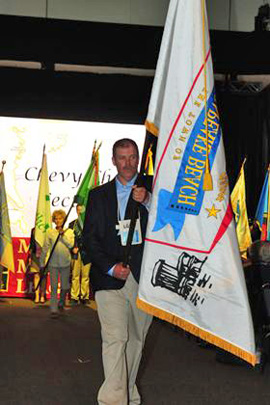
The History of Chesapeake BeachOtto Mears, a Russian immigrant and railroad tycoon, moved east from Colorado in 1895 with a vision to create a resort on the Chesapeake Bay and to build a linking railroad to Washington, D.C. The vision became a reality on June 9, 1900, the opening day of the Chesapeake Beach Resort, when the first train arrived with much fanfare and a full load of passengers.
The one-hour excursion was nicknamed the “Honeysuckle Route” because of the many honeysuckle bushes along the route from the District line (at Seat Pleasant) to Chesapeake Beach carrying passengers and freight daily through the Southern Maryland countryside. Round trip was only fifty cents.
At the resort, there was a mile of boardwalk lined with concession stands, amusement booths, a carousel complete with Wurlitzer organ, a roller coaster, a band shell, various other popular entertainments, and dancing in the pavilion. However, the greatest attraction was the water of the Chesapeake Bay where hundreds of bathers took the plunge every day. Extending out into the Bay was a long pier that visitors used for strolling, fishing, and crabbing. Steamboats carrying excursionists from Baltimore docked at the end of the pier.
The elegant Belvedere Hotel catered to visitors for two decades until it was destroyed by fire on March 20, 1923. The Hotel was not rebuilt. In 1933, a hurricane irreparably damaged the resort’s facilities. Financial hardships caused by the Great Depression of the 1930's, and the increasing popularity of the automobile brought on the demise of the railroad. The final train chugged away from Chesapeake Beach on April 15, 1935.
The Chesapeake Beach Railway Company shut down, and the rails were torn up. The town of Chesapeake Beach was left behind, but it survived. Charter fishing gained popularity. In 1946, a group of entrepreneurs refurbished the amusement park and added a salt water pool. In 1948, slot machines were legalized in Southern Maryland and business boomed. Remnants of the old resort are still visible. For example, the Chesapeake Beach Railway Station on Mears Avenue, fashioned into a museum in 1979, has been renovated to house the Chesapeake Beach Railway Museum. The museum recreates memories of the bayside resort and offers visitors an audio-visual presentation featuring the history of the Chesapeake Beach Railway as well as artifacts, photographs and exhibits portraying resort life and transportation in the early 1900's.
In the Summer of 1995, The Town opened the Chesapeake Beach Water Park complete with water slides and a hydraulically controlled flowing river. The Northeast Community Center has been built to provide regional recreation and meeting facilities. Rod N’ Reel West Marina offers charter fishing, boat slips and launching.
The landmark Rod N’ Reel Restaurant has fine dining, charter fishing, and boat slips. The newly renovated Kellam's Field complex offers lighted ball fields and a tot lot playground. Trader's Seafood Steak and Ale Restaurant is a great family restaurant, Abnerís Crab House offers local crabs, and visit Tylerís Tackle Shop for a full range of fishing tackle.
Veterans Memorial Park, Pride of the Town, provides a fantastic view of the U.S. Flag and the Chesapeake Bay as you enter the Town. The faces have changed, and the buildings have been rearranged, but Chesapeake Beach is still a pleasant home for its residents and a welcome sight to visitors arriving by boat or car.




